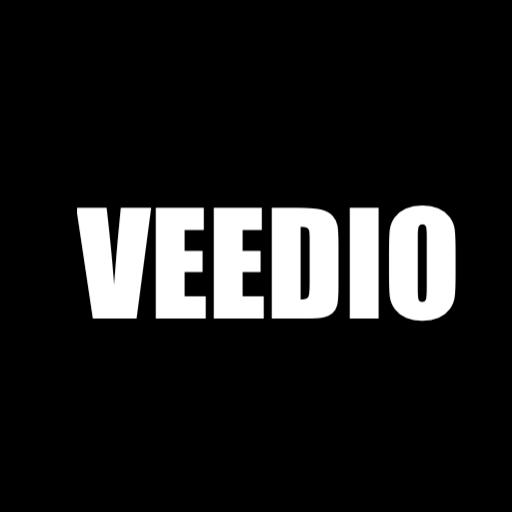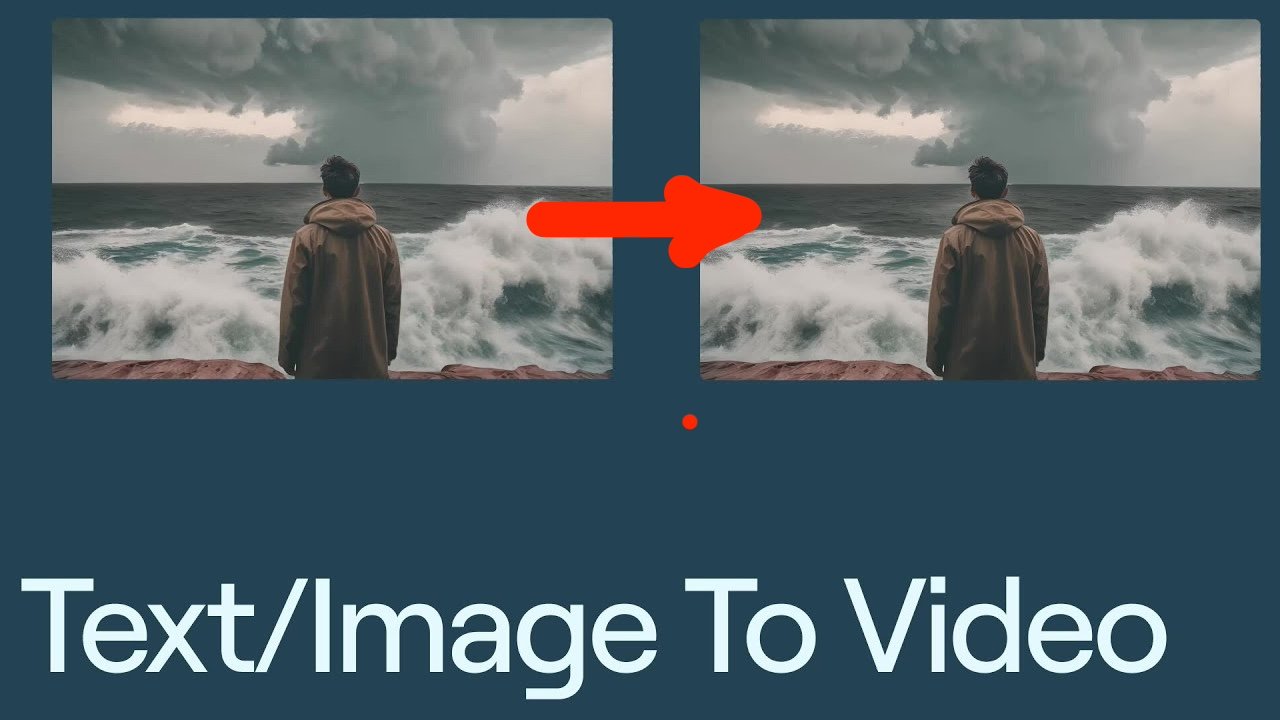In the rapidly evolving landscape of artificial intelligence, image-to-video generators have emerged as a groundbreaking technology. These innovative tools can transform static images into dynamic, moving videos, opening up new possibilities for visual content creation. But what’s going on behind the scenes? Let’s explore the fascinating world of image-to-video generation.
Understanding Image-to-Video Generators
Image-to-video generators are sophisticated AI models designed to breathe life into still images. By analyzing a single static picture, these systems can create short video clips that depict plausible motion based on the content of the original image. This technology represents a significant leap forward in computer vision and Generative AI capabilities.
The Technological Foundation
At the heart of image-to-video generators lie several key technologies:
- Deep Learning Models,
- Generative Adversarial Networks (GANs),
- Motion Estimation,
- Frame Interpolation.
Let’s do deep dive into each of the technique.
Deep Learning and GANs
Deep learning models, particularly those based on neural networks, form the backbone of image-to-video generators. These models are trained on vast datasets of images and corresponding videos, learning to understand the patterns of motion and transformation that occur in the real world.
Generative Adversarial Networks (GANs) play a crucial role in this process. A GAN consists of two neural networks:
- Generator: Creates new video frames
- Discriminator: Evaluates the generated frames for realism

These two networks engage in a constant back-and-forth, with the generator trying to create increasingly realistic frames and the discriminator becoming better at spotting fake ones. This competitive process results in progressively more convincing video outputs.
Motion Estimation and Frame Interpolation
Motion estimation is a critical step in the image-to-video generation process. The AI analyzes the input image to identify potential areas of movement, estimating how different elements might move naturally based on its training data.
Once motion is predicted, frame interpolation comes into play. This technique involves creating intermediate frames between the original image and predicted future states, ensuring smooth transitions and realistic motion in the final video.
The Image-to-Video Generation Process
The process of turning a static image into a video involves several key steps:
- Image Analysis: The AI examines the input image in detail.
- Motion Prediction: Plausible movements are predicted for elements in the image.
- Frame Generation: New frames are created, gradually altering the original image.
- Refinement: Generated frames are evaluated and improved for realism.
- Video Compilation: The final frames are compiled into a short video clip.
This complex process happens in a matter of seconds, leveraging the power of advanced AI algorithms and high-performance computing.
Real-World Applications
The applications of image-to-video technology are diverse and growing. Some notable uses include:
- Bringing historical photographs to life
- Creating animated avatars from static profile pictures
- Enhancing visual storytelling in marketing and education
- Generating dynamic backgrounds for digital content
These applications demonstrate the technology’s potential to transform various fields, from entertainment to education and beyond.
Challenges and Future Directions
While image-to-video generators have made impressive strides, they still face several challenges:
- Limited duration of generated videos
- Potential for unrealistic or unnatural movements
- Difficulty handling complex scenes or unusual objects
However, the future of this technology looks bright. As AI continues to advance, we can anticipate significant improvements in several areas:
- Longer and more complex video generations
- Enhanced handling of diverse scenes and objects
- Seamless integration with other AI technologies for increased creativity
Researchers and developers are continuously working to overcome these limitations, pushing the boundaries of what’s possible in AI-generated video content.
Top Image-to-Video Generators: Pika, Runway Gen-3, and Kling
In the rapidly evolving world of AI-driven media, image-to-video generators have become a game-changer for creators looking to transform static images into dynamic visual content. Among the top contenders in 2024 are Pika, Runway Gen-3, and Kling. Each of these tools offers unique features that cater to different needs and preferences.
Pika is renowned for its user-friendly interface and flexibility. It allows users to turn images into videos with various styles and motion effects. Pika’s strength lies in its prompt-based customization, making it easy for users to create engaging videos with minimal effort. It’s particularly popular among content creators who need quick, professional-looking results without diving deep into technical details.
Runway Gen-3 is the latest offering from Runway ML and is a powerhouse in the image-to-video space. It’s known for its high-quality output and advanced AI capabilities. Runway Gen-3 allows users to upload images and apply a wide range of animation effects, bringing still images to life with remarkable precision. It’s an excellent choice for professionals who demand top-tier quality and creative control over their projects.
VEEDIO is an emerging tool that combines cutting-edge AI with a focus on high-definition output. It’s designed for users who need to create detailed and realistic videos from images. VEEDIO stands out for its ability to handle complex scenes and maintain visual fidelity, making it a go-to option for projects that require a high level of realism and depth.
Conclusion
Image-to-video generators represent a fascinating intersection of computer vision, machine learning, and creative technology. As these systems continue to evolve, they promise to revolutionize visual content creation, offering new tools for storytelling, education, and entertainment.
The ability to bring static images to life opens up a world of possibilities, allowing us to interact with visual content in ways previously unimaginable. As we look to the future, it’s clear that image-to-video technology will play an increasingly important role in shaping our digital experiences.

